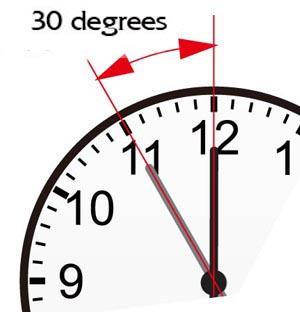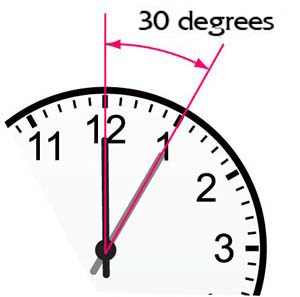How to adjust the GT15HZ carburettor
The adjustment range of a gasoline engine’s carburettor is very narrow and the needle setting is very sensitive compared to a regular glow engine. A small mis-adjustment of needles often results in overheating and possible damage. The oil content of pre-mixed gasoline/oil fuel is also much less than glow fuel giving less tolerance to error.
Adjust the needles following the procedures below.
1) GT15HZ has two needles, High and Low.
The left needle is for Low, Right needle is for High, with the engine being mounted in the helicopter.
(See the picture below)

2) Factory setting of the needles
Low needle : 1 + 1/4 turns from the fully closed position
High needle : 1 + 3/4 turns from the fully closed position
3) Starting the engine
Start the engine following the instruction manual procedures. Choke and prime it to make the start easier. Excessive priming floods the carburettor and can cause piston locking (hydraulic) with potential damage to the connecting rod. Warming up after starting is necessary for gasoline engines, especially in cold winter weather. Continue the warm-up run for 1-2 minutes on the ground with the main rotor slowly rotating before attempting to raise the rotor RPM and fly.
4)Take off after the warm-up run.
When the helicopter takes off, adjust the needles according to the scenarios shown below.
* Low needle adjustment is rich *
-
When you open the throttle to take off, the engine RPM don’t increase with a lot of white smoke coming from the exhaust pipe.
- Solution →
-
Turn the Low needle very slightly (say 6 degrees) clockwise and try to take off again. Each adjustment should not be in excess of say 6 degrees. Gasoline engine carburettor needles are much more sensitive than glow.
Do not touch the High speed needle before completing Low needle adjustments.*

When the situation doesn’t improve, repeat the adjustment increment clockwise as before. Continue the same process until you can take off normally. Once the helicopter takes off, you do not have to close the Low needle any more. Excessive needle adjustment causes over-revving and raises the potential for engine damage.
Scenario 2)* When the Low needle is lean *
-
When the helicopter takes off, the engine runs at very high RPM (more than 1,500rpm at the main rotor), hesitates before picking up speed and smoke is low.
- Solution →
-
Turn the Low needle, say 30 degrees in the counterclockwise direction.

Try to take off again. If the situation doesn’t improve, turn Low needle 18-30 degrees counterclockwise again. Repeat this process until the engine doesn’t over-rev as you rise into the hover.*As mentioned in the manual, we recommend lowering the throttle curve to prevent the engine from over-revving.
5) Start running-in, which is vitally important for gasoline engines.
After confirming stable hovering with the main rotor rotating at around 1,400 – 1,500rpm, start the running-in process, consuming 2-3 litres of fuel. * The further you continue running-in, the more happily the engine will run.
6) Flying normally after running-in
After switching the flight mode, climb away for normal forward flight. Adjust the High needle according to the scenarios below.
Scenario 1) * When the High needle is rich *
-
When the throttle is fully open, after switching the flight mode, the engine responds sluggishly to increase rpm and power.
- Solution →
-
Turn the High needle clockwise very slightly (5 degrees maximum) or less. Each needle turn must be less than say 6 degrees because the High needle is more sensitive than Low needle.

* The maximum High needle turning adjustment must not exceed 30 degrees in total from the factory setting (1 + 3/4 turns from the fully closed position)
To lean the needles excessively causes overheating as gasoline engines create higher temperatures than glow engines.
Scenario 2) * When the High needle is lean *
-
When the throttle is fully open after switching the flight mode, the engine responds sluggishly to increase rpm/power and smoke diminishes. The engine may try to quit running as well.
- Solution →
-
Turn the High needle counterclockwise 30-60 degrees. 60 degrees of turn maybe too much, but rich running does no harm. Continue rich running for a while.
A little turn of the High needle results in drastic change. Take your time to adjust it properly.
7)fuel flow during operation is very low. 
Gasoline engines have lower fuel consumption than glow engines because fuel flow during operation is very low. For this reason, the needle adjustment is very sensitive, but once the adjustment is set, it lasts longer. Please make the adjustments with patience, without turning the needles excessively each a time. If in doubt, always make a rich decision rather than a lean one, especially on hot days and flying sites at high altitude.
